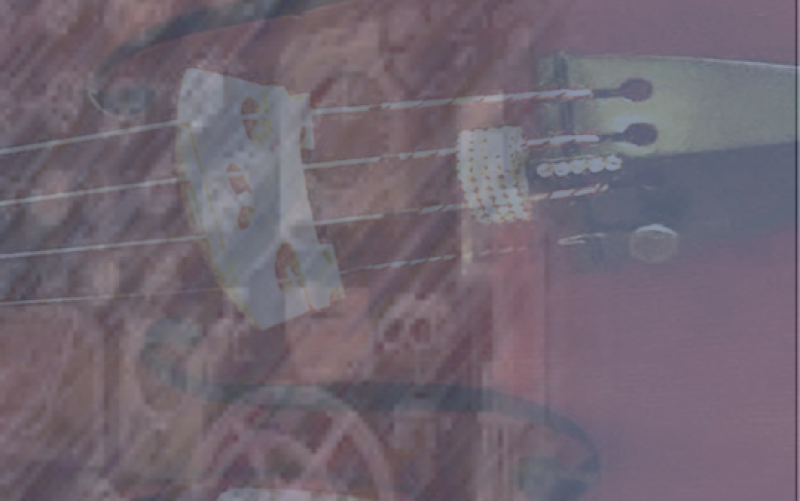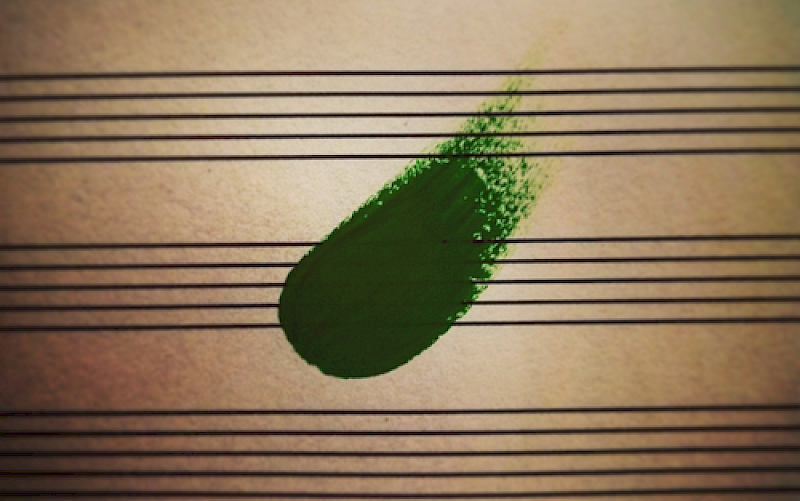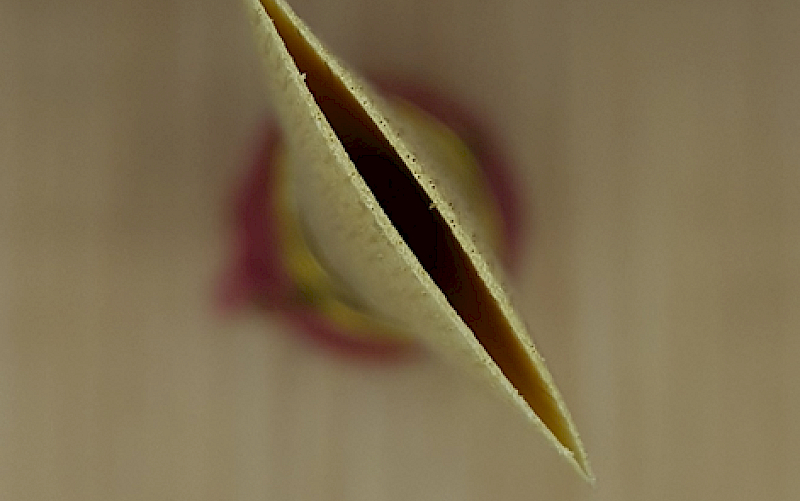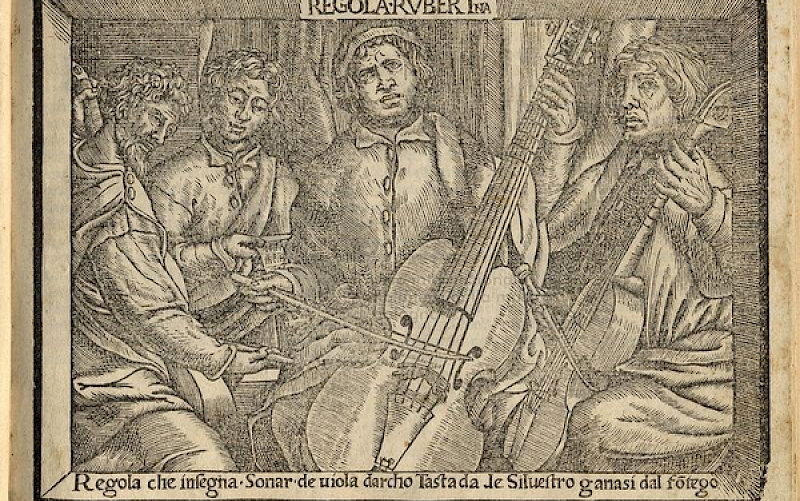Fingering of the Viennese Double Bass
ame: Zhou Feng Main Subject: Violone Research supervisor(s): Kate Clark Title of Research: Fingering of the Viennese Double Bass Research Question: What was the historical fingering of the Viennese double bass? Which different effects it would have on different fingerings? What’s the modern solution of fingerings and its influence? Summary of Results: The Viennese Double Bass was a dominant type of double bass used in the Classical Period in Vienna. It usually has 5 string, tuned in F1-A1-D-F#-A, with frets. Unfortunately, we can barely find any historical material that was written down on the fingering of this instrument. Through the analysis of the history of fingerings on various double basses documented in historical methods, I can find the pattern of fingering that is often related to the tuning intervals of the instrument. The Viennese double bass was possibly using a '1-2-4' fingering system. In my research paper, I give the suggestions of specific fingerings, including basic fingerings (scales, arpeggios), exception fingerings (chordal fingering, octave fingering). For octaves, I find the possible solutions by using basic, chordal, extension fingerings and shifting strategy. With excerpts of solo works and orchestral parts, I give further explanation of the fingerings. Finally, I try to point out that the modern tuning of the Viennese double bass could cause alteration of the historical fingerings. Furthermore, it would also change the timbre. Biography: Master student of Violone (Koninklijk Conservatorium, Den Haag) Artist Diploma of Double Bass (China Central Conservatory, Beijing) Master Degree of Journalism (Tsinghua University, Beijing)









